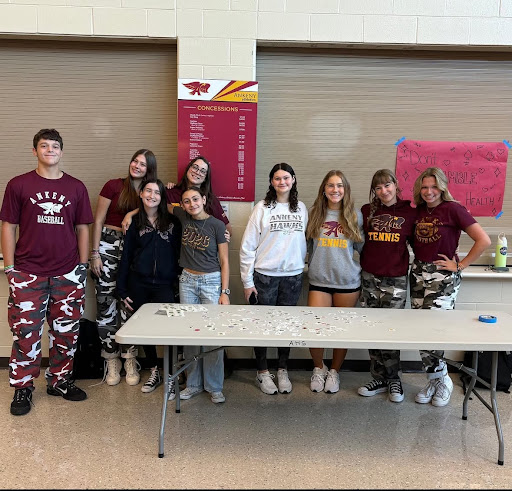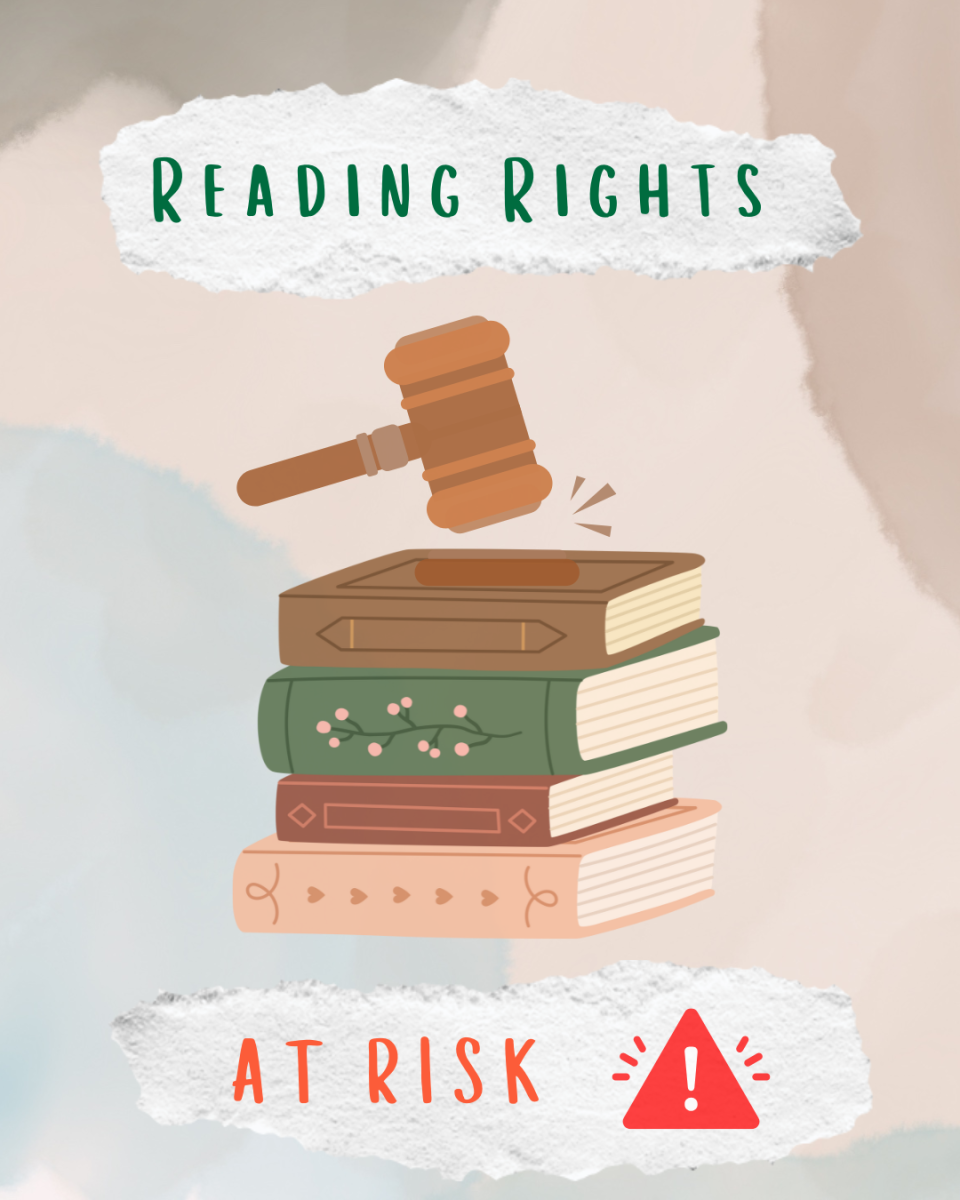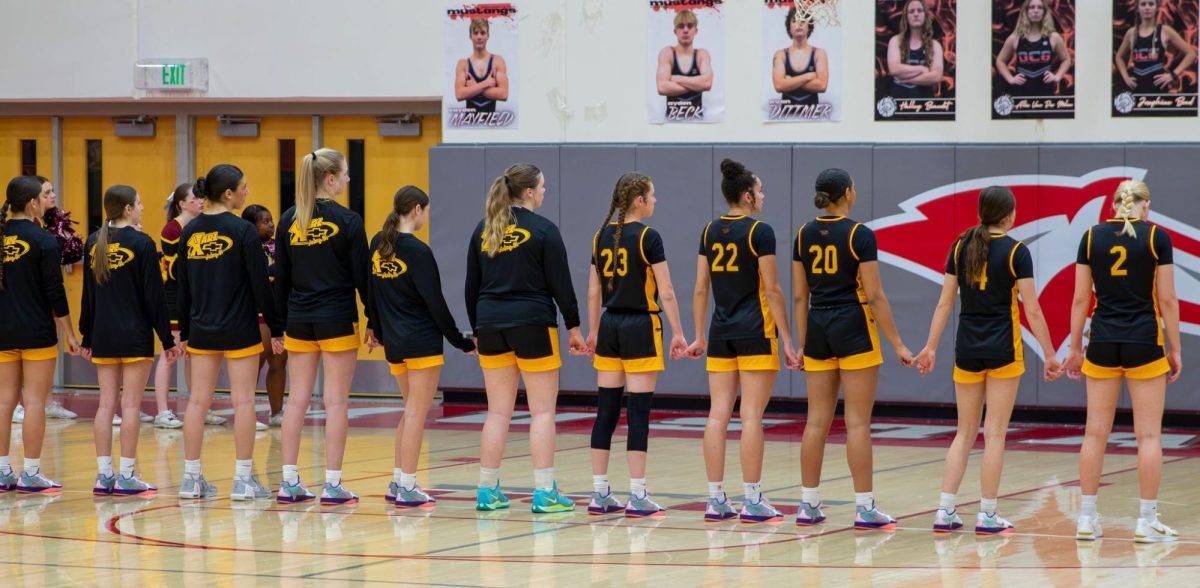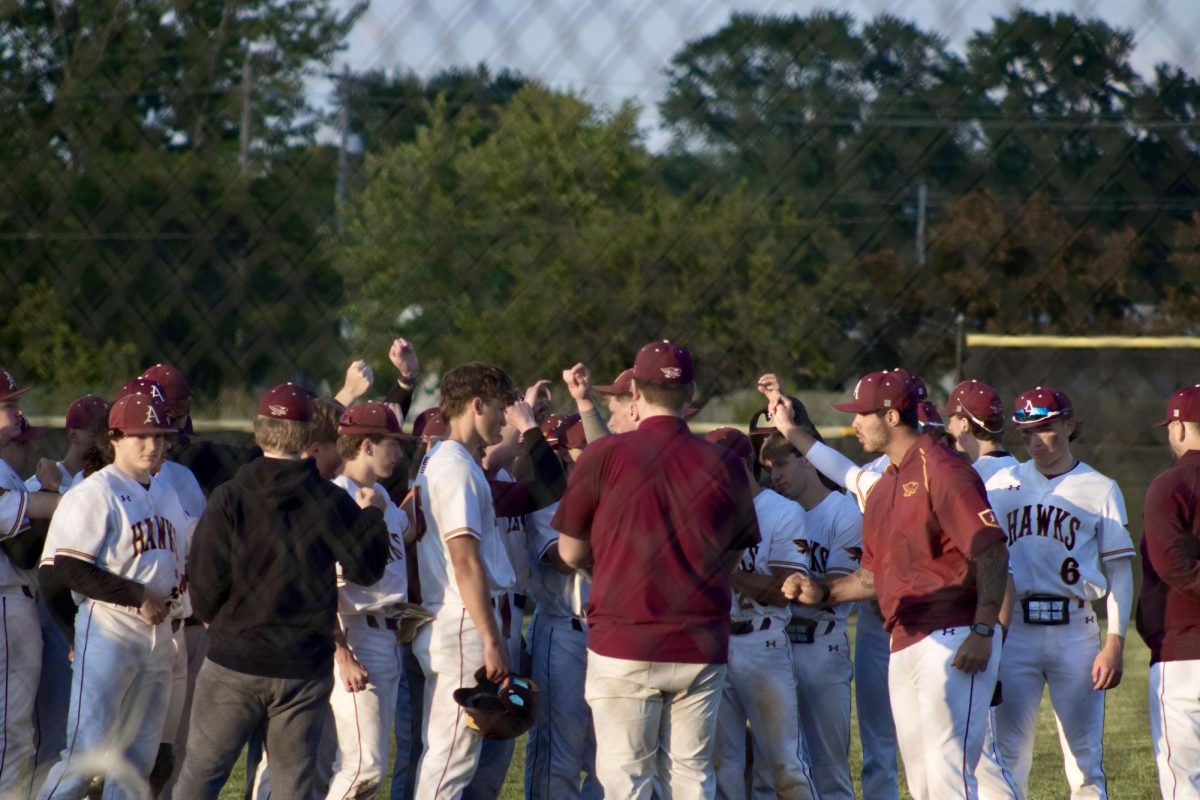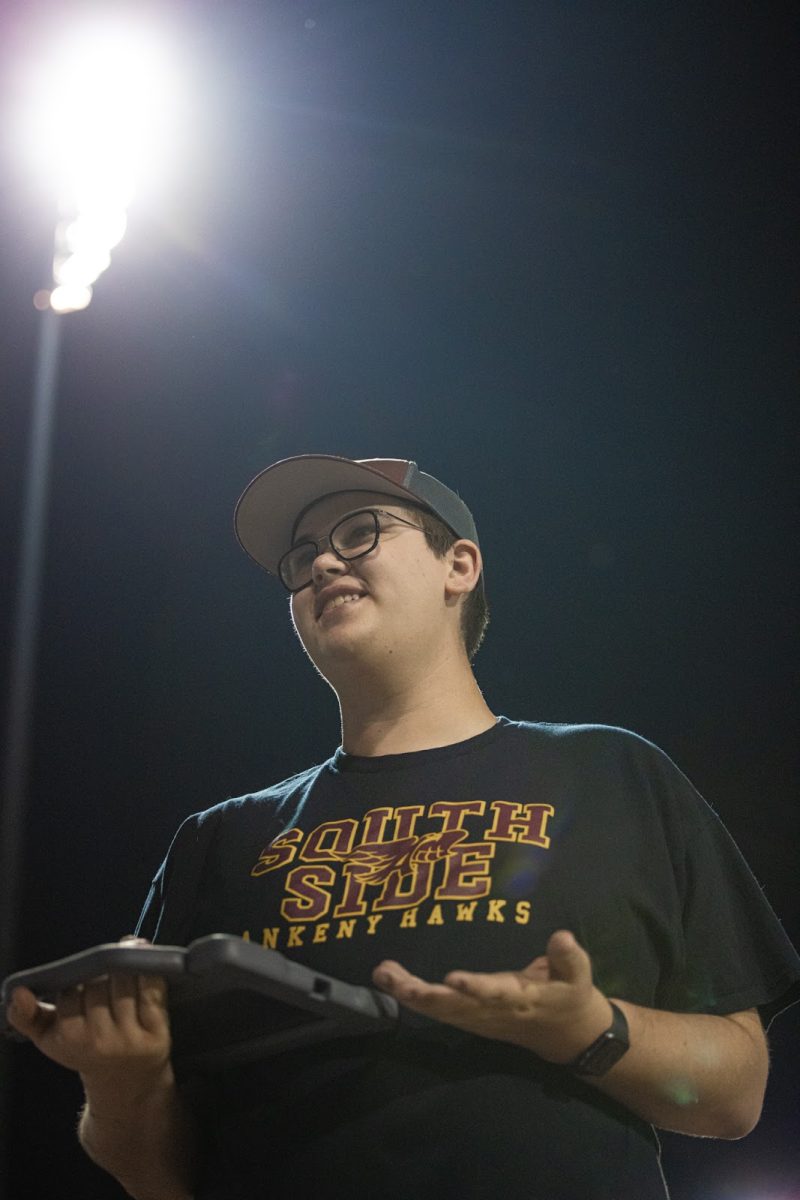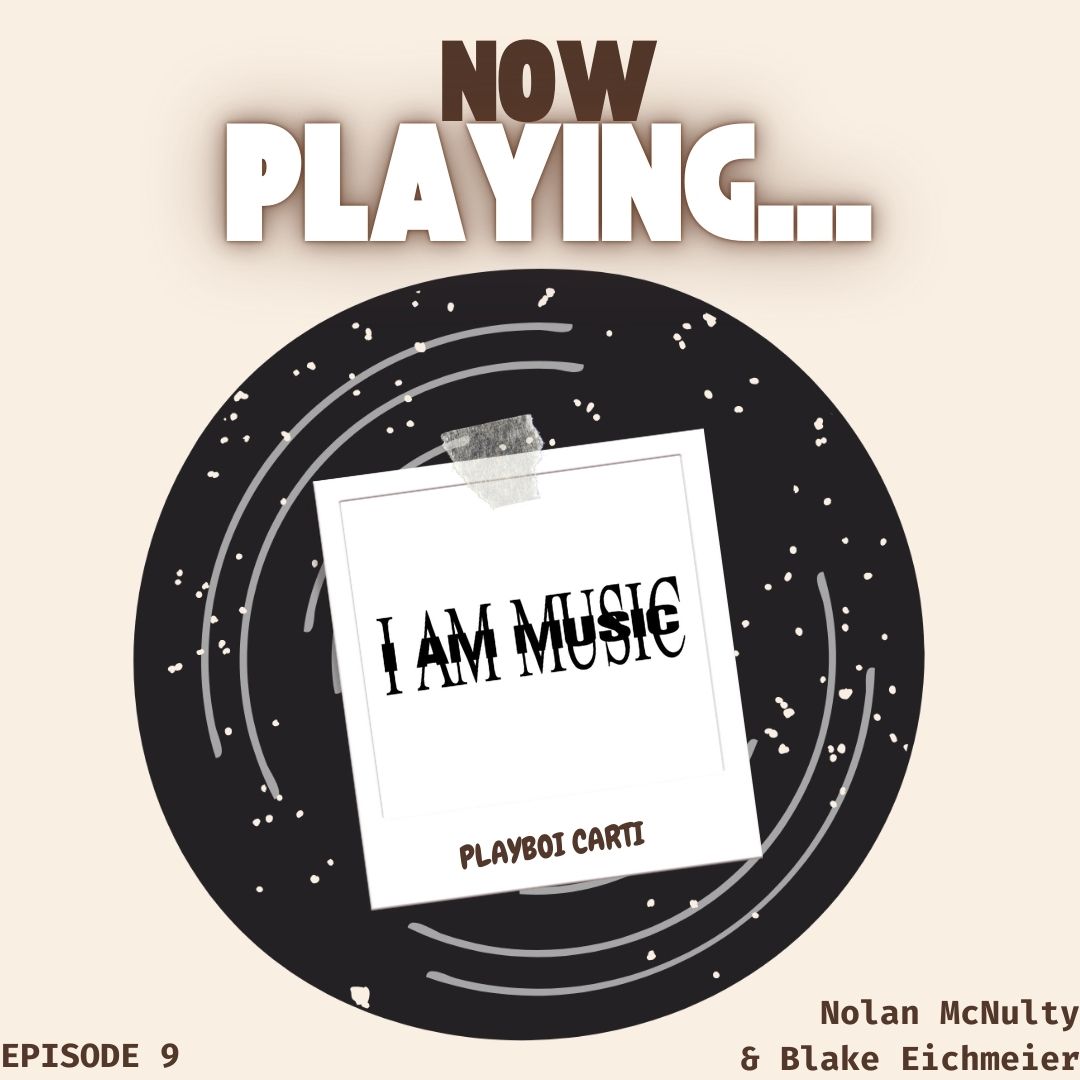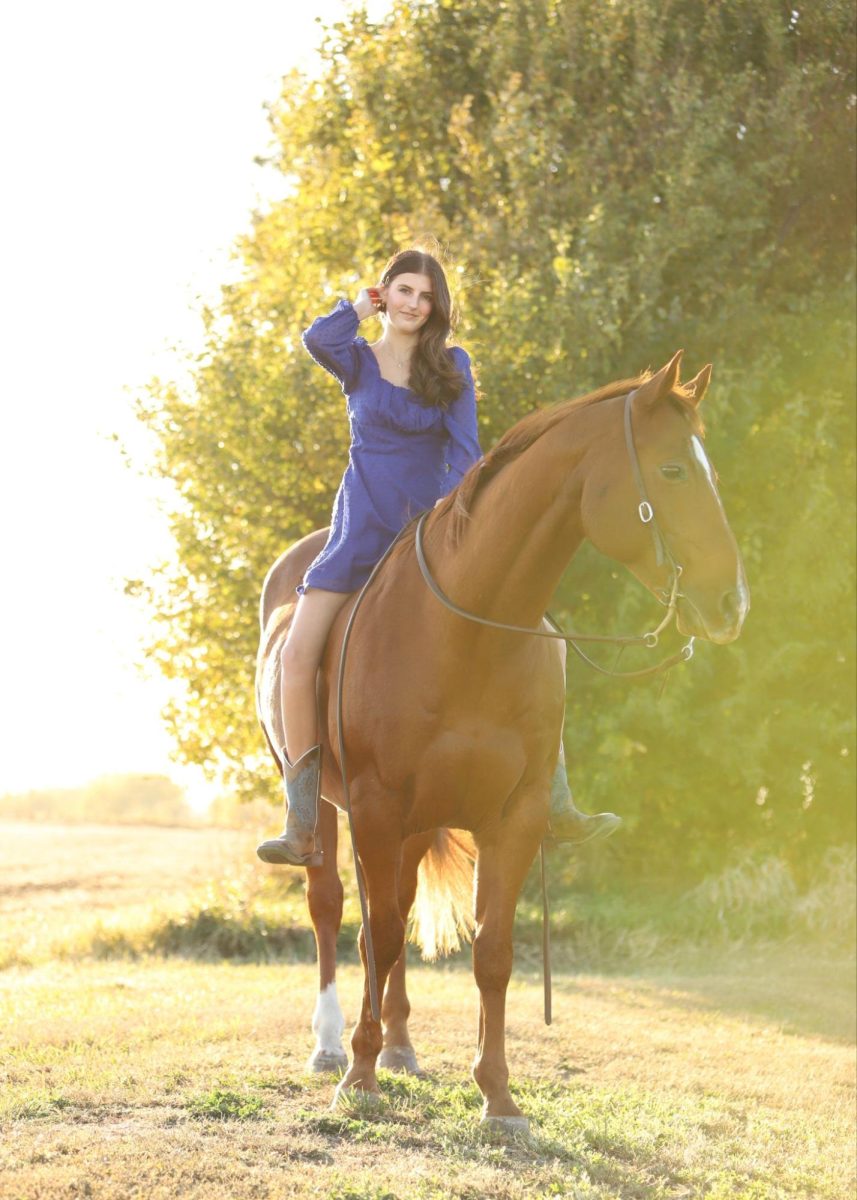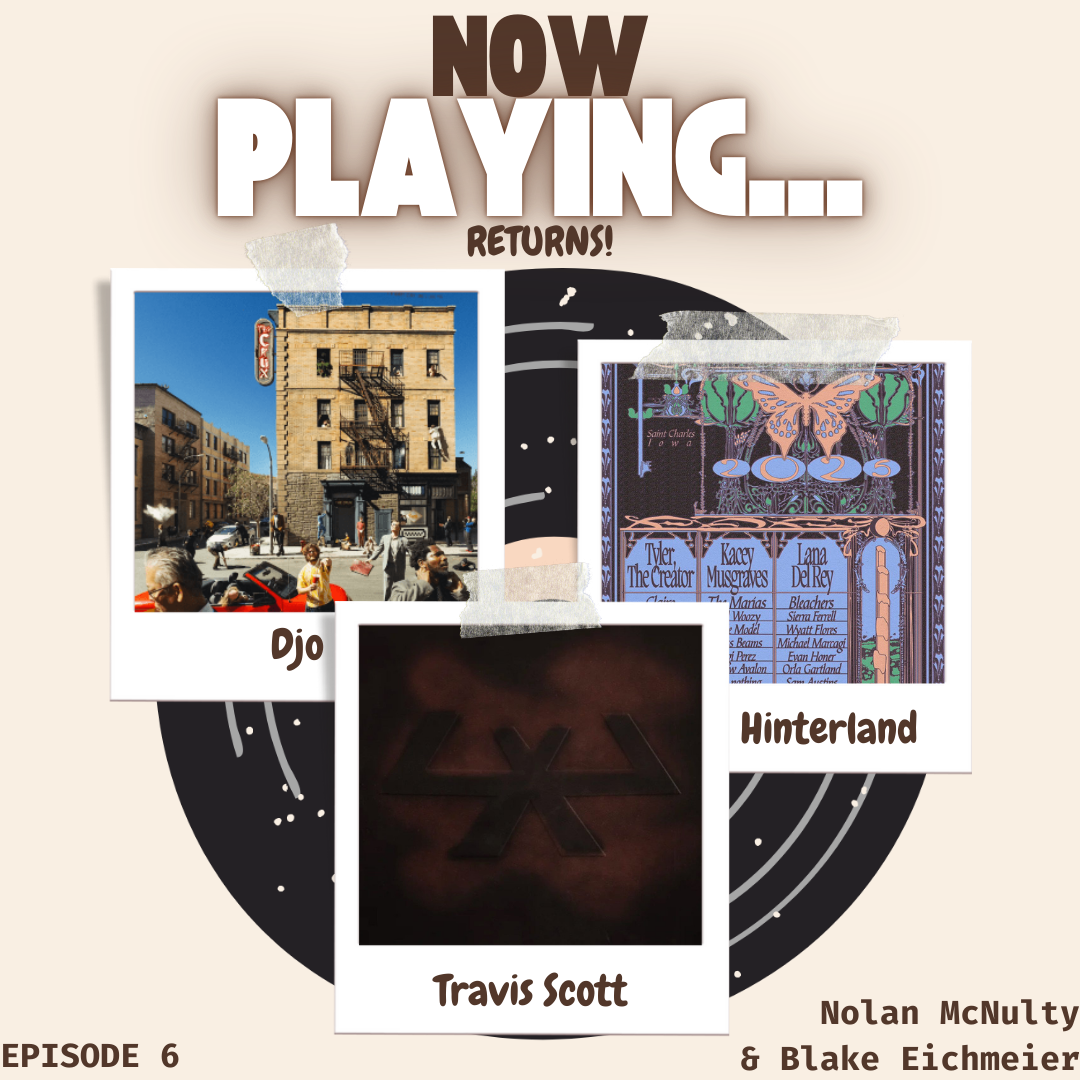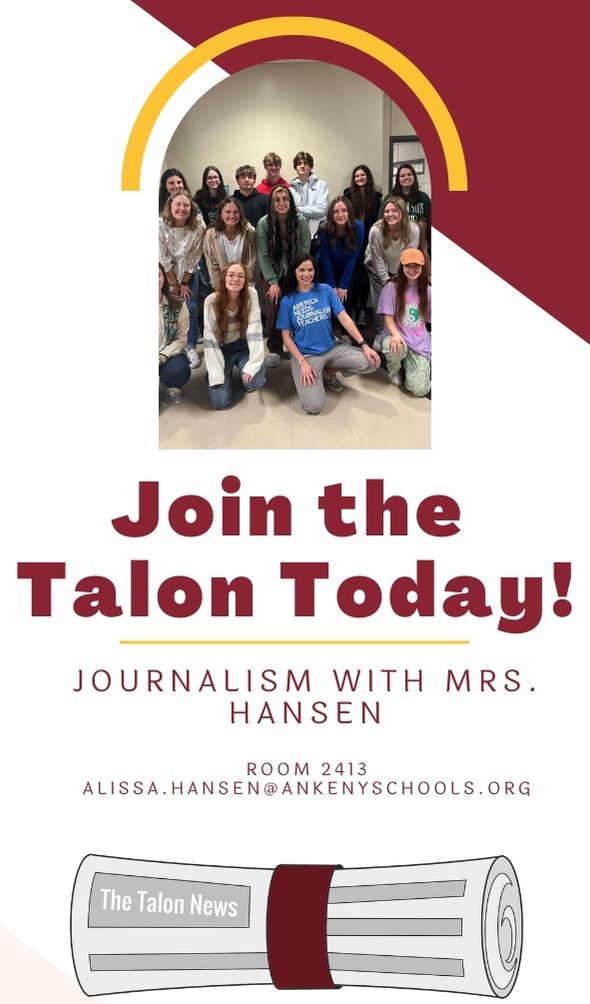Footsteps shuffle past. It’s pitch black. The blinds are down, and it’s so quiet you can hear your own heart racing. But it isn’t a school shooting, it’s a lockdown drill, so you calm your nerves and then you hear two students laughing on their phones not taking the situation seriously. After a long five minutes, the lockdown is over. This is the typical lockdown experience for reportedly many students in the U.S. today.
Schools practice lockdowns every year to prepare students and staff for possible intruders. School shootings have been a rising problem in the past few years as they have become more frequent, but with this, some people are questioning if people have become desensitized.
“There’s just a thought that it won’t happen here. I also think when it happens, it’s just like, well, it’s going to happen,” Ankeny High School (AHS) history teacher Lisa Cook-Piccolo (LCP) said. “It’s just scary that it’s becoming more commonplace.”
AHS’s protocol is run, hide, fight. This protocol entails running away from the danger if it’s safe, hiding if it isn’t, and fighting the intruder as a last resort. These protocols are a serious procedure that students should take seriously, but it appears that some aren’t.
“I think students don’t take it [lockdowns] as seriously as they should because we’ve been doing lockdowns since we started school,” AHS senior Tyson Rauser said. “If you really think about it, it’s just really scary, and it’s something that comes up a lot in our culture.”
AHS staff believe lockdowns are essential for students to take seriously as they are a reality in the current world, and they are the only thing people can do to help prepare for the worst-case scenario.
“It’s better to prepare for it now so that we know how to respond and react when something ever happens,” AHS school resource officer (SRO) Kory Miller said.

Perry and Perry High School English teacher Ashley Webb’s story
On Jan. 4 of 2024, Perry High School (PHS) in Perry, Iowa experienced a school shooting that ended in the death of 11-year-old Ahmhir Jolliff and PHS principal Dan Marburger and injured six others. This event would have far-reaching effects on the community in Perry and beyond.
Ashley Webb, was an English teacher at PHS during the shooting. Webb is still teaching at PHS. She recalls how the lockdown procedures that PHS practiced came into use that day as they helped students and staff evacuate immediately.
“It meant that when the worst thing happened, we all knew what to do, especially the staff, and we were able to get students out of the way and keep ourselves safe at the same time,” Webb said.
Webb and the students’ lockdown experiences helped them get to safety that day, but that wasn’t the end of her troubles.
That day after getting home, Webb was bombarded by calls from reporters only eight hours after the tragedy wanting to get details to make their stories more sensational, but she refused.
“On the day of, I had just gotten home, and then I got two or three calls from different newspapers asking for an interview with them,” Webb said. “I said, ‘leave me alone,’ and then hung up. [It was] the day of. It had been less than eight hours.”
After the tragedy, Perry was reeling from the tragedy and rallied around students and staff, but then the attention shifted to who to blame.
People in the community were outraged at upper management, while online blame was pointed at teachers, claiming that this group didn’t do enough to help the child before the tragedy.
“The community has been very loving and responsive to the students and the staff, but the people that they’ve decided to blame, [like] the administration…the teachers, whether fairly or unfairly, I have no opinion on that,” Webb said.
Things at Perry have changed after the shooting as students are still affected by the events that happened. PHS students now practice lockdown drills more often and take these topics seriously.
However, the tragedy has profoundly affected the students as loud noises and fire alarms can trigger students. If anyone makes a joke about shootings, people will report it. All these things show the effects such a tragic and shocking event can have on people.
“It(the shooting) affected sort of everything,” Webb said. “If someone makes a loud noise in the hallway, it’ll ruin their [students’] day. If the fire alarm goes off[for example], then for some students, that is the rest of the day for them.”
The Perry shooting has had far-reaching effects on nearby communities reportedly. Talon survey responses detailed that the proximity of Ankeny to Perry has shaken students as this tragedy brought up the thought that it could happen to them.
School shootings
When you hear about a school shooting on the news, it’s always a heartbreaking moment because lives are lost, families are torn apart, which creates lingering trauma that lasts a lifetime.
“It terrifies me every single time,” LCP said. “It terrifies me to know that I dropped my daughter off at school. It terrifies me knowing that there are kids in the building, and it could happen.”
Mass shootings reportedly occur most often in places that are thought to be safe like restaurants, schools, and parks. The most common mass shootings seen on the media happen at schools. They have been a rising problem in the U.S. since the ’90s due to the shooting at Columbine High School.
School shootings have been more common in the news, with the recent school shooting at Abundant Life Christian School in Wisconsin when a female student opened fire on her peers, killing two and injuring six other people before ending her own life.
“My heart immediately goes out to those who lost their lives or whose lives were affected. I hate to see people die. It hits close to home to me,” AHS senior Will Harris said. “It’s hard to see kids going to school and having to suffer.”


Over the past ten years, there have been at least 1,331 school shootings. This includes any time a gun is discharged on school grounds. In the past four years, school shootings have seen a spike. The most that took place happened in 2019 with 129 shootings. This was broken down with 199 school shootings from 2021 and 2024.
From 2021 to 2024, there have been over 150+ school shootings each year revealing that they’ve become more frequent. The significant increase in school shootings has resulted in more victims dead or wounded. There have been over 1,378 victims of school shootings in the past ten years with the most occurrences being 229. These numbers include children, staff, and the shooters themselves.
Data on the precise amount of school shootings varies as not all discharge incidents on school property are correctly documented and there is reportedly inaccurate reporting on the number of victims.
Desensitization
The number of school shootings over the past few years has led to the question of whether students are being desensitized to violence. Desensitization is when people develop less emotional responses or become emotionally insensitive to something due to repeated exposure.
Opinions on whether students are desensitized to school shootings are mixed. AHS Assistant Principal Nick Nelson believes that people aren’t becoming desensitized but are just used to hearing about these tragedies.
“Hopefully, desensitized isn’t the right word, but I feel like since they [school shootings] are reported on heavily, I feel like we are sadly used to hearing about tragedies in the United States,” Nelson said.
LCP believes there is desensitization until a shooting incident happens in a community.
“I think people are more desensitized unless it happens in the community,” LCP said. “I think we see less about it on the news unless it’s a relatively large one.”
Regardless, desensitization has a profound effect as these events have become a cultural norm in the United States, which leads to the normalization of these tragedies and less compassion for those involved. These factors lead to less change being done to combat the root problems that cause school shootings.
“It’s just harder for people to take it seriously. It puts you away from that human-to-human connection there. They were a living, breathing person, and now they’re dead,” Rauser said. “You just see the numbers, two people shot and killed or something like that. It’s like, ‘oh, it was only two people versus those were two individuals that had families.’”
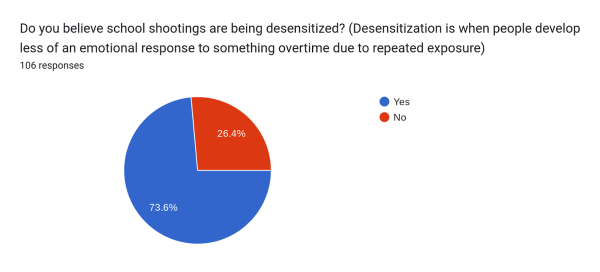
When AHS students were asked if they thought school shootings were being desensitized, 73.6 percent of the 106 student respondents said yes, demonstrating that there has been a change in response by people over time to school shootings.
What should be done?
Desensitization will continue as long as shootings keep occurring, but desensitization can be decreased.
Bringing awareness to not just the victims but also the survivors of these tragedies can help relieve some of the desensitization that goes around and get people to take these situations seriously.
“I think oftentimes you hear a lot about the victims in a situation like this and not a lot from the survivors, and you’re like, ‘yes, it was really sad this happened.’ Then you forget about it,” Webb said. “You’re like, ‘okay, they had their funerals. Everybody’s out of the hospital, the school’s fixed, it’s open, and it’s finished now.’ I wish there were more follow-ups with people a year later.”
Teaching kids that these events can occur and encouraging them to manage their anger without resorting to violence can help reduce desensitization and prevent some of the recurring acts of violence.
“It’s all up to parents raising their kids, and I think it’s also a big role for parents teaching their kids not to take their anger out and create violence,” Harms said. “We also need to teach kids things like this can happen.”
If desensitization is left unchecked, people will continue to care less about these tragedies. Eventually, these events will become a blip on people’s radar.
“As long as the whole culture is sort of desensitized to the dangers of just violence in general, then it’s only going to get frequent and worse because if one level of violence is deemed not a big deal, then somebody that is willing to do that thing will think, ‘well, that’s not enough,’ and they’ll step up and try to do something more” states Webb.



